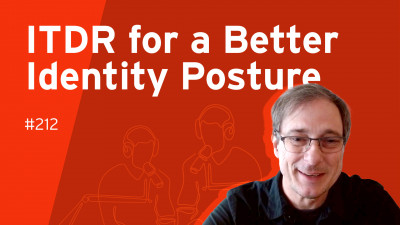1 Introduction
The growing reliance of business on information technology (IT) has led to the development of the IT service management (ITSM) solutions market aimed at delivering IT management capabilities to help organizations to continually optimize the design, delivery, support, use and governance of IT to cut costs, increase productivity and efficiency, and improve employee and customer satisfaction.
ITSM is based on the concept of IT delivered as a service to meet business needs, and is about improving business performance through better IT services and delivery or enabling business to get the most value from IT. ITSM activities are typically divided into IT management capabilities or business processes that follow procedures directed by organizational policies.
At the outset, it would be useful to define an “IT service” in the context of ITSM. While version 4 of the ITSM framework ITIL (Information Technology Infrastructure Library) defines a service as: “A means of enabling value co-creation by facilitating outcomes that customers want to achieve, without the customer having to manage specific costs and risks,” it is more useful to think of an IT service in terms of an “IT resource” that is provided and consumed to achieve business outcomes.
In other words, an IT service is any piece of IT that enables users to find, access, view, update, report and exchange data to achieve the outcome of meeting business needs and potentially improving the satisfaction of service users and business customers through improved ease of use, efficiency and productivity. IT services include laptops, applications, email, managed desktop services and shared IT resources such as printers.
In the context of ITSM, an IT service provider can be an internal IT department or a third-party supplier, while an IT service customer is any consumer of those services, such as employees and partners or anyone who interacts with an organization using IT such as consumers or customers.
The ITIL V4 definition of a service introduces the term “co-creation” to highlight that value is created through the collaboration of service provider and consumer, and that both parties benefit. The consumer gets the means to achieve a desired outcome, while in addition to getting paid for providing the service, the service provider gets the opportunity to improve the service through a better understanding of customer needs and even develop new services.
In the digital era, the demand for ITSM is set to grow as organizations across all industry sectors pursue digital transformation projects to achieve the goals of reduced cost and increased efficiency, productivity, and user/customer satisfaction, thereby increasing their reliance on IT services. This, in turn, increases the need to ensure those services are well-managed and secure.
ITSM solutions typically focus on IT service operation and improvement. ITSM aims to increase the efficiency and benefits of IT services. ITSM solutions, therefore, typically include all the tools necessary to create, deploy, manage, optimize, retire and support an IT service, such as:
- Service management.
- Change management
- Problem/incident management
- Asset management.
- Configuration management.
The most comprehensive ITSM solutions also include tools to support things like:
- The deployment and support of enterprise applications like Exchange Server.
- Identification and management of BYOD/Shadow IT.
Benefits of ITSM include:
- Better business-IT alignment.
- Reduced IT costs by increasing IT efficiency and reducing IT wastage.
- Predictable IT performance and cost.
- Reduced risk in IT implementations through improved change management.
- Ability to establish well-defined, repeatable, and manageable IT processes.
- Continual improvement in effectiveness and capabilities of IT services.
- Improved satisfaction of employees, customers and IT department.
- Improved governance and reduced risk.
Measuring the right metrics is key to any successful management programme. In the context of ITSM, there are five key metrics that good ITSM solutions should enabled organizations to measure and track. These are:
- Customer Satisfaction (CSAT)
- First-contact resolution (FCR) [% of contacts resolved on first contact]
- First-level resolution (FLR) [% of contacts resolved without escalation]
- Cost per ticket.
- Mean time to resolution (MTTR)
There are several frameworks that organizations can use to set an ITSM strategy, create a design, manage change, handle service operation and management, and make continual improvements to ensure that the right ITSM processes, technology and skills are in place to enable organizations to meet their business goals.
Popular frameworks that provide guidance on and best practices in delivering ITSM include:
- ITIL
- COBIT
- Microsoft Operations Framework (MOF)
- Six Sigma
- ISO 20000
- TOGAF (The Open Group Architecture Framework).
The most innovative ITSM solutions enable organizations to automate repetitive, manual tasks to free up employees to do more strategic work. In future, this automation of tasks and workflows will increasingly be supported by machine learning (ML), natural language processing (NLP), virtual assistants, chatbots and other artificial intelligence (AI) technologies.
ITSM solutions will increasingly enable organizations to:
- Provide self-service capabilities.
- Automate things like level-1 ticket resolution and predictive maintenance.
- Build knowledge bases to help service desk staff to do root cause analysis and identify solutions.
- Monitor IT asset performance and identify the need for replacement or upgrades.
- Proactively identify potential IT issues.
- Classify and route issues more efficiently.
- Analyse ticket sentiment to help improve the CSAT score.











































